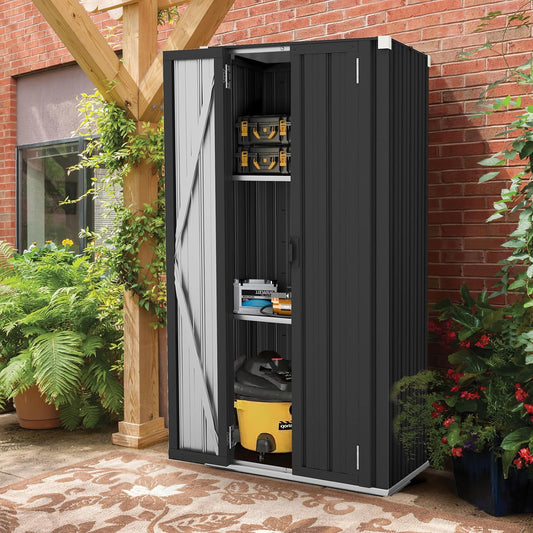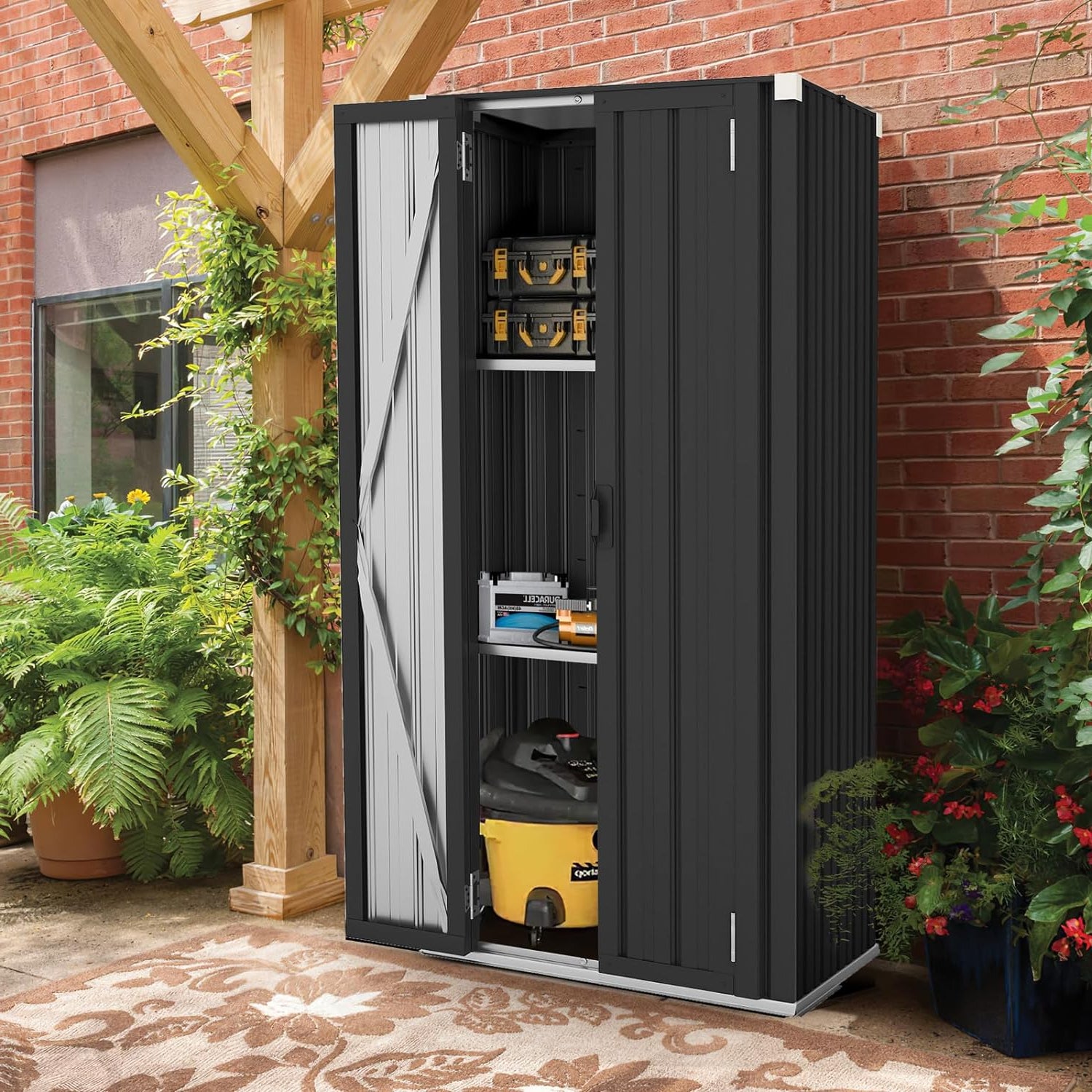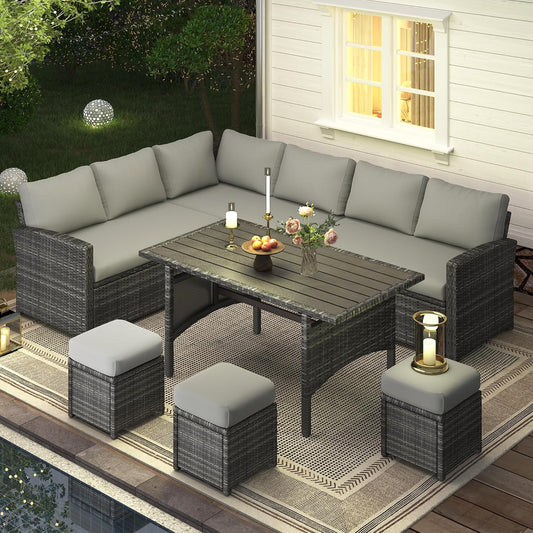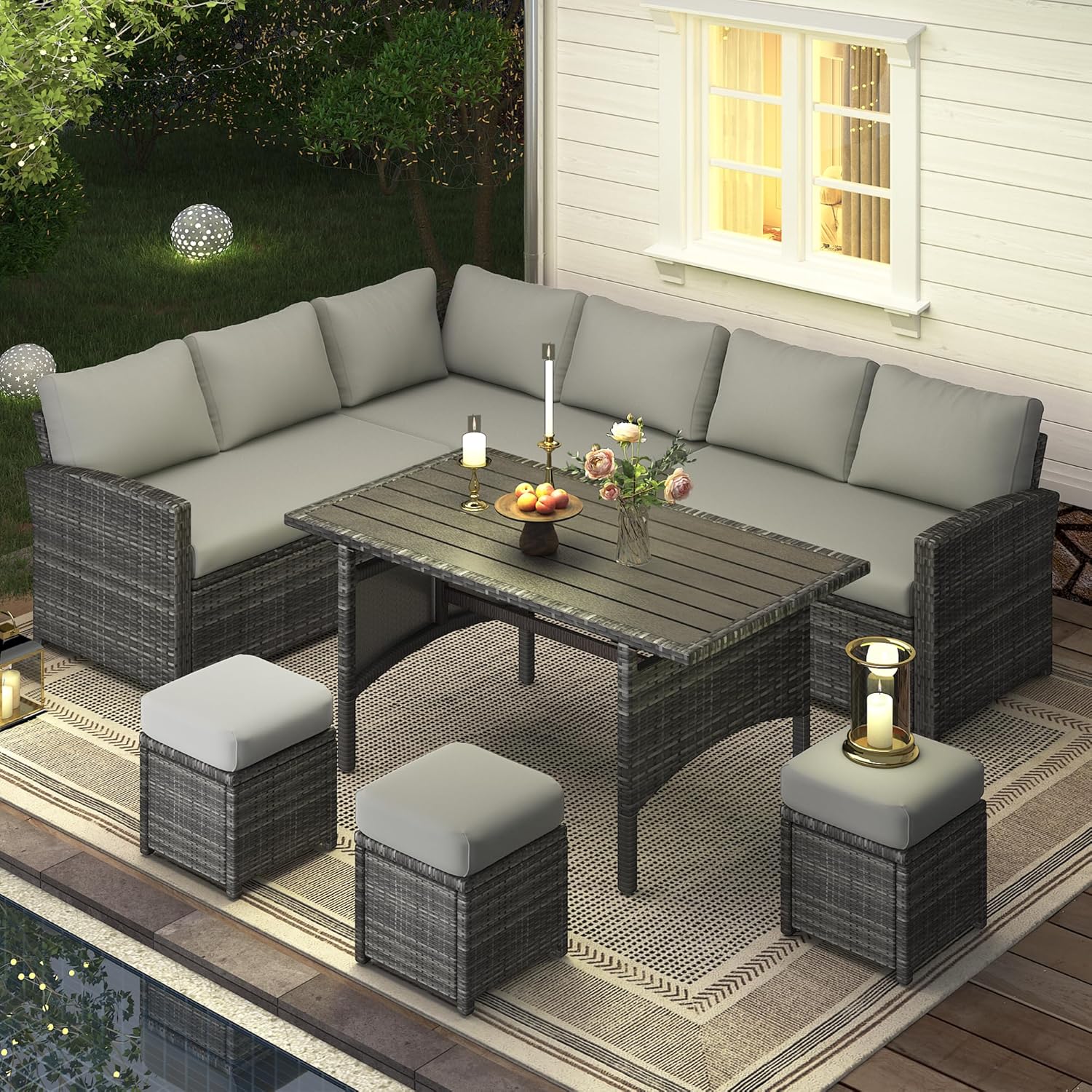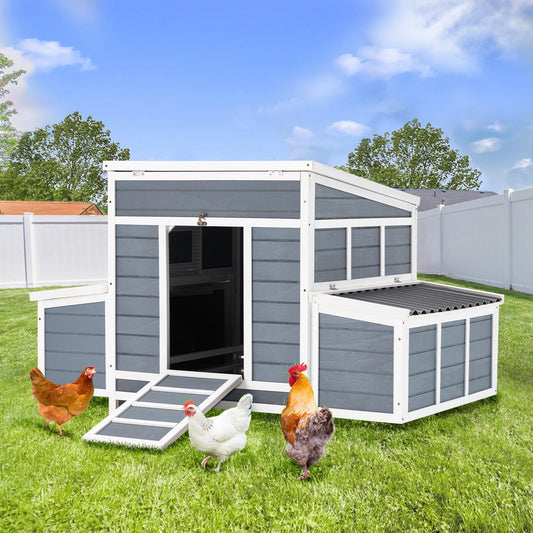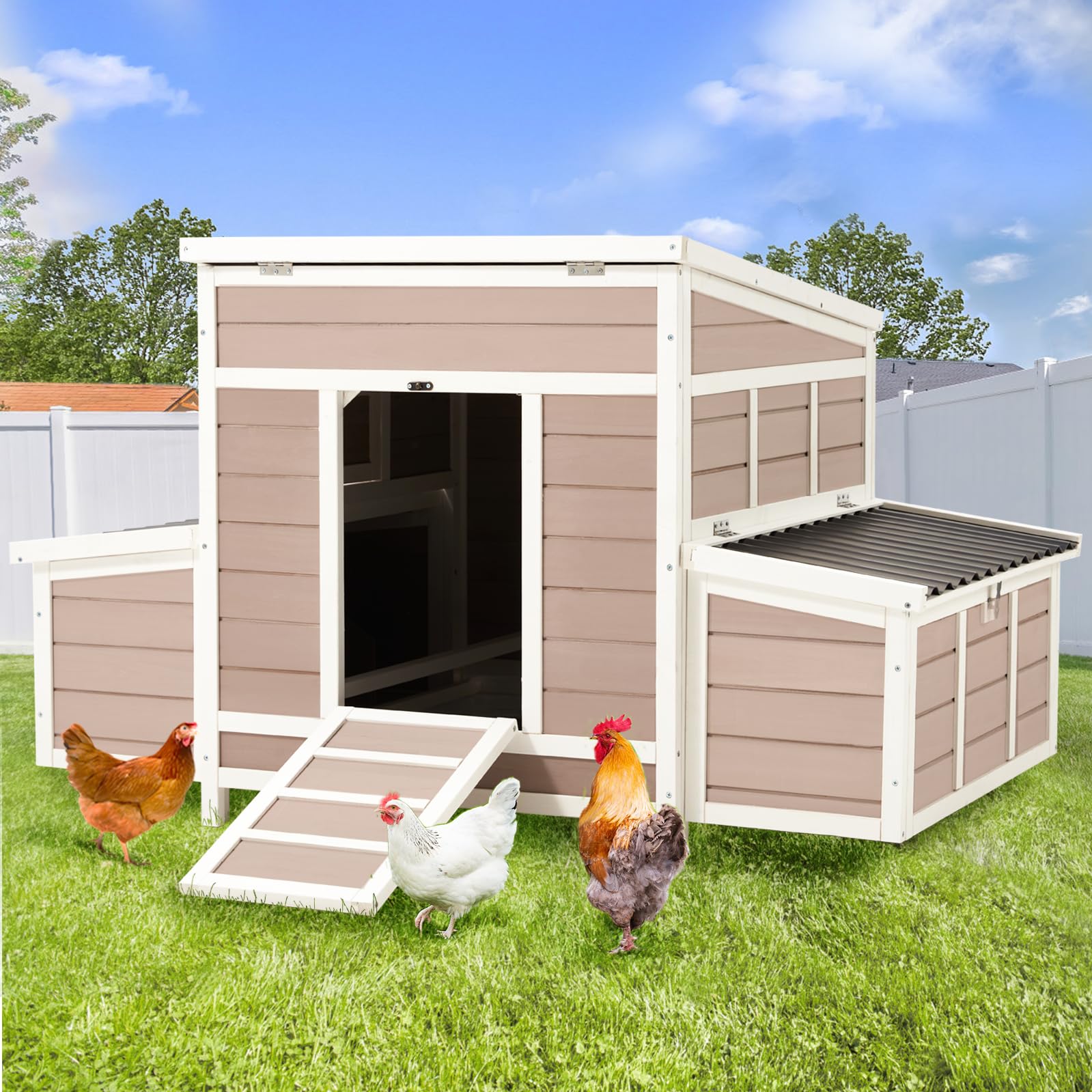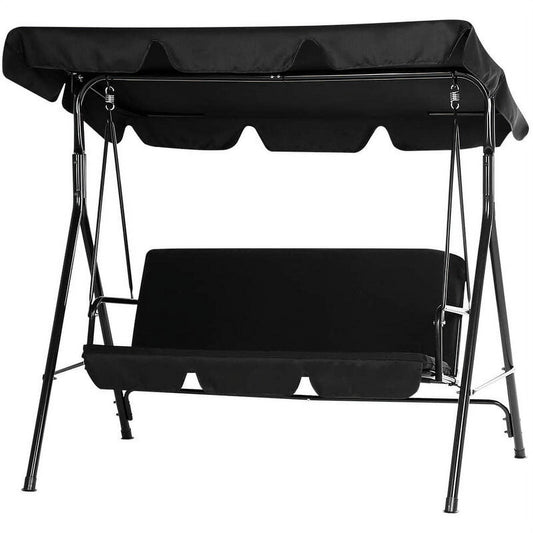Imagine sitting in your gazebo at dusk, flipping a switch to turn on warm gazebo electric lights—no messy extension cords, no dim batteries. It’s a great setup, but running electricity to a gazebo needs care. Do it wrong, and you risk shocks, fires, or broken gear.
More people are adding gazebo with electric features (lighting, fans, even mini fridges) to their yards, but safety comes first. The good news? With planning and tools like a gazebo electrical kit, you can wire your gazebo safely without a pricey electrician.
This guide walks you through every step, starting with planning your system. By the end, you’ll know how to get reliable power to your gazebo—so you can enjoy those evenings with gazebo electric lights and peace of mind.
1. Planning Your Gazebo Electrical System
Before grabbing a wire cutter or buying a gazebo electrical kit, plan your system. Rushing leads to mistakes—like not having enough power or using unsafe parts. Here’s how to plan smart.
First, figure out your power needs. What will you use electricity for? Most start with gazebo electric lights, but you might want a fan or phone charger too. List devices and their wattage (found on the device or plug) to calculate total power needed. For example, gazebo electric lights (20W) + a fan (30W) + a charger (5W) = 55W total. This number helps choose wiring and breakers later. The table below shows common devices and their wattage:
|
Device |
Wattage Needed |
Purpose |
|
Gazebo electric lights |
10–30 watts |
Ambient lighting for evenings |
|
Small outdoor fan |
20–40 watts |
Cooling during hot days |
|
Phone charger |
5–10 watts |
Charging devices while relaxing |
|
Mini fridge (small) |
50–80 watts |
Keeping drinks cold |
Next, check your home’s electrical panel. It needs space for a new dedicated circuit for the gazebo. Most panels have 20–40 circuits; if full, a pro can upgrade it. A dedicated circuit prevents overloading—you won’t trip the breaker when turning on gazebo electric lights and a fan together—and makes maintenance easier (just flip the breaker to cut power).
Then, measure the distance from your house to the gazebo. Use a tape measure and round up to the nearest 10 feet (e.g., 35 feet becomes 40 feet of wire). Longer distances (over 50 feet) need thicker wire to avoid voltage drop—this is when power weakens, making gazebo electric lights dim or fans slow.
You’ll also need to choose between a gazebo electrical kit or custom parts. Kits are great for beginners: they come with pre-selected, outdoor-safe wire, outlets, and weatherproof boxes that work together. If you want a custom setup (more outlets, for example), buy individual parts—but make sure everything is UL-listed (safe) and outdoor-rated. Use UF-B wire (underground feeder wire) instead of indoor wire; it’s waterproof and can be buried.
Finally, plan for weather and animals. Outdoor wiring faces rain, snow, and critters (like squirrels chewing wires). Bury wires at least 12 inches deep (24 inches if cars might drive over the area) to protect them. Use weatherproof outlets and junction boxes (with rubber gaskets to keep water out) for gazebo electric lights and other devices. Add a GFCI outlet too—it shuts off power instantly if there’s a short (like water on a plug), preventing shocks.
Taking time to plan avoids redo-ing work. My neighbor skipped measuring distance, bought too-short wire, and delayed his gazebo with electric setup for a week. Don’t make that mistake!
Now that you have a plan, it’s time to pick the right wiring method. Next, we’ll break down the two most common ways—underground and above-ground—and which fits your yard best.
2. Choosing the Right Wiring Method
Now that you’ve planned your system, it’s time to pick how to run the wire from your house to the gazebo. There are two main methods: underground and above-ground. Each works for different yards, and the right choice depends on your space, budget, and how permanent you want the setup to be.
To make it easy, here’s a side-by-side comparison of the two methods:
|
Wiring Method |
Best For |
Key Pros |
Key Cons |
|
Underground (UF-B Wire) |
Permanent setups, yards with lawns/gardens |
Hides wires (no clutter), safe from weather/animals |
Needs digging, takes more time to install |
|
Above-Ground (PVC Conduit) |
Temporary/rentals, yards with rocks (hard to dig) |
Fast to install, easy to adjust later |
Wires are visible, needs protection from UV rays |
If you want a long-term gazebo with electric setup (like permanent gazebo electric lights and outlets), go with underground wiring. Use UF-B wire (the same one we mentioned earlier)—it’s waterproof and designed to be buried. For example, if you have a garden around your gazebo, underground wiring keeps the area tidy and prevents kids or pets from tripping over cords.
Above-ground wiring is better if you rent or don’t want to dig. Run the wire through a PVC conduit (a plastic tube) attached to fence posts or the side of your house. Just make sure the conduit is rated for outdoor use—this protects the wire from rain and sun damage. It’s a good choice if you only need power for seasonal gazebo electric lights (like holiday string lights) and might move the setup later.
No matter which method you choose, always use a gazebo electrical kit or UL-listed parts. Kits often include the right wire and conduit for either method, so you don’t have to guess what works.
If you’re looking for a gazebo that can adapt to either wiring method nicely, YODOLLA’s adjustable height outdoor gazebo is a good fit. Its flexible design works for both permanent underground setups and temporary above-ground wiring, so you can tweak your power setup without worrying about mismatching the gazebo.
Picked your method? Great—let’s dive into the step-by-step installation process next. It’s simpler than you think, but we’ll take it slow to keep you safe.

3. Step-by-Step Electrical Installation
Installing electricity to your gazebo doesn’t require advanced skills—just patience and attention to safety. Follow these steps, and you’ll have power for gazebo electric lights and other devices in no time.
Step 1: Turn Off Power to Your Home’s Electrical Panel
First, go to your breaker box and flip the switch for the new circuit you’re adding (or the main switch if you’re unsure). This stops electricity from flowing while you work—critical to avoiding shocks. Use a voltage tester to double-check: touch it to the wires you’ll be using; if it doesn’t light up, the power is off.
Step 2: Run the Wire (Underground or Above-Ground)
For underground: Dig a trench 12–24 inches deep (as planned earlier) from your house to the gazebo. Lay the UF-B wire in the trench, then cover it back with dirt. Add a small flag or marker along the trench path—this helps you avoid hitting the wire when gardening later.
For above-ground: Attach PVC conduit to fence posts or your house using brackets. Thread the wire through the conduit, then secure the ends to your house and gazebo. Make sure the conduit slopes slightly downward away from the house—this keeps rainwater from pooling inside.
Step 3: Install a Junction Box at Both Ends
A junction box is a weatherproof box that connects the wire to your home’s electrical system (house end) and the gazebo’s outlets (gazebo end). Use outdoor-rated junction boxes—they have rubber seals to keep water out.
At the house end: Connect the wire from the trench/conduit to the junction box, then run a short wire from the box to your electrical panel (this part is best left to a pro if you’re unsure—electrical panels can be dangerous).
At the gazebo end: Mount the junction box on the side of the gazebo (out of direct rain). This box will feed power to your gazebo electric lights and outlets.
Step 4: Add GFCI Outlets and Switches
Install a GFCI outlet inside the gazebo—this is non-negotiable for outdoor safety. The GFCI will shut off power if water touches the plug (like during a rainstorm). You can also add a switch next to the outlet to control gazebo electric lights—no more walking back to the house to turn them on/off.
If you’re using a gazebo electrical kit, it will come with a GFCI outlet and switch that fit together—just follow the kit’s instructions to wire them to the junction box.
Step 5: Test the System
Turn the power back on at your electrical panel. Plug a small device (like a phone charger) into the gazebo’s outlet—if it works, the wiring is good. Then turn on your gazebo electric lights to make sure they’re bright (no dimming means no voltage drop). If anything doesn’t work, turn off the power and check the wire connections—loose wires are the most common issue.
You’re almost done! But before you start using your gazebo with electric setup regularly, let’s go over critical safety rules to keep you and your home safe.
4. Safety Guidelines for Outdoor Electrical Work
Outdoor electricity is riskier than indoor—rain, snow, and even damp grass can cause shocks. Follow these rules to keep your gazebo with electric setup safe for years.
First, always use outdoor-rated parts. This includes wire (UF-B), junction boxes, outlets, and switches. Indoor parts aren’t designed to handle moisture—using them can lead to short circuits or fires. A gazebo electrical kit takes the guesswork out of this, as all parts are already outdoor-safe.
Second, never work with electricity in wet conditions. Wait for a dry day to install or repair wiring. If it starts raining while you’re working, turn off the power immediately and cover the wire/junction boxes with a tarp. Wet hands + electricity = a serious shock risk.
Third, test the GFCI monthly. Press the “test” button on the gazebo’s GFCI outlet—this should shut off power to the outlet. Then press “reset” to turn it back on. If the GFCI doesn’t shut off when tested, replace it right away—it’s no longer protecting you from shocks.
Fourth, don’t overload the circuit. Remember the total wattage you calculated earlier? Don’t plug in more devices than that. For example, if your total wattage is 55W, don’t plug in gazebo electric lights (20W) + a fan (30W) + a mini fridge (80W)—that’s 130W, which will trip the breaker (or worse, overheat the wire).
Fifth, keep wires away from heat sources. Don’t run wire near grill vents, fire pits, or outdoor heaters. Heat can melt the wire’s insulation, leading to short circuits. If your gazebo has a fire pit, make sure the wire is at least 10 feet away from it.
These guidelines aren’t just rules—they’re life-savers. My cousin once used an indoor extension cord for his gazebo electric lights; it rained, and the cord shorted out, burning a small hole in his gazebo floor. Don’t take that risk—stick to outdoor-safe parts and safety steps.
Now that your system is installed and safe, let’s talk about how to make the most of your gazebo with electric setup—like adding extra lights or keeping the system running smoothly.

5. Tips for Optimizing Your Gazebo Electrical Setup
Now that your gazebo with electric setup is installed and safe, let’s make it work even better for you. These simple tips will boost convenience, extend the life of your system, and turn your gazebo into a more enjoyable space—whether you’re hosting evening dinners or relaxing on weekends with gazebo electric lights.
Start with layered lighting to balance mood and function. Instead of relying on one set of gazebo electric lights, mix different types to fit different moments. String lights along the gazebo’s roof rails create soft ambient light perfect for dinners, while wall-mounted LED sconces near the entrance add bright light for safe entry and exit. You can even add battery-backed backup lights wired to your system—they’ll keep the space lit during power outages so you won’t be left in the dark. A gazebo electrical kit usually includes basic lighting, but these extra layers take your space from “functional” to “cozy” without extra wiring—just plug them into the GFCI outlet you already installed.
Next, add smart controls for extra convenience. Smart plugs or switches let you manage gazebo electric lights and other devices right from your phone. You can turn on the lights while driving home so your gazebo is welcoming when you arrive, or set timers to shut them off automatically at 11 PM to save energy. Most smart plugs are plug-and-play—just insert them into the gazebo’s GFCI outlet and connect them to your phone via an app. This upgrade makes your gazebo with electric setup easier to use without any extra wiring work.
Don’t forget to add extra protection for wires and outlets against the elements. Even with outdoor-rated parts, a little extra care goes a long way. Add weatherproof caps to unused outlets to keep out rain, dust, and bugs. If you’ve added extra gazebo electric lights like string lights, wrap their plug connections with electrical tape to stop water from seeping into gaps. You should also trim plants around wire paths—overgrown bushes, vines, or grass can damage underground wires or above-ground conduit, and they might hide issues like cracked conduit that need fixing.
Finally, plan for future upgrades to avoid redoing work later. If you think you might want a small outdoor TV or portable heater in the gazebo down the line, install an extra GFCI outlet now—it’s much easier to add outlets during setup than to run new wire later. You can also choose a gazebo electrical kit with extra wire length; having 10–15 feet of extra wire lets you reposition the gazebo if you ever move it, without buying new wire.
The table below sums up these optimization tips and their benefits, so you can quickly reference what works for your space:
|
Optimization Tip |
Key Benefit |
Easy to Do? |
|
Layered gazebo electric lights |
Better mood and functionality for different uses |
Yes (no extra wiring) |
|
Smart controls (plugs/switches) |
Control devices from your phone, save energy |
Yes (plug-and-play) |
|
Extra weather protection |
Extends system life, prevents water damage |
Yes (takes 5–10 minutes) |
|
Future-upgrade outlets/wire |
Avoids redoing wiring later |
Yes (plan during installation) |
These tips don’t take much time or effort, but they make your gazebo with electric setup feel tailored to your daily life. If you’re looking for a gazebo that has the space to fit these optimized electrical setups, YODOLLA’s hard-top lean-to gazebo works well—it offers enough room for layered lighting and extra outlets, plus its durable design pairs nicely with long-term electrical upgrades.

Conclusion
Running electricity to your gazebo might seem daunting at first, but breaking it down into steps—planning, choosing a wiring method, installing safely, and optimizing—makes it manageable. The end result? A gazebo that’s not just a shaded spot, but a fully functional space where you can flip on gazebo electric lights for evening chats, plug in a fan on hot days, or charge your phone while reading a book.
The biggest win? Doing it safely. By using outdoor-rated parts (like those in a gazebo electrical kit), following safety rules (testing GFCIs, avoiding wet work), and planning for your needs, you avoid the risks of shocks or fires. You also save time and money—no more running extension cords from the house, no more replacing damaged devices from poor wiring.
For me, my gazebo with electric setup changed how I use my backyard. What used to be a space I only visited during the day is now my go-to spot after work—all because I can turn on warm gazebo electric lights and relax without worrying about power or safety.
If you’re on the fence about adding electricity to your gazebo, go for it. Start small (focus on gazebo electric lights first), use a gazebo electrical kit to simplify parts, and take it step by step. You’ll be surprised at how much more you use your gazebo once it has reliable power.
At the end of the day, this project is about making your outdoor space work for you. With a safe, optimized electrical setup, your gazebo becomes more than just a structure—it becomes a place where memories happen, lit up exactly how you want it.









